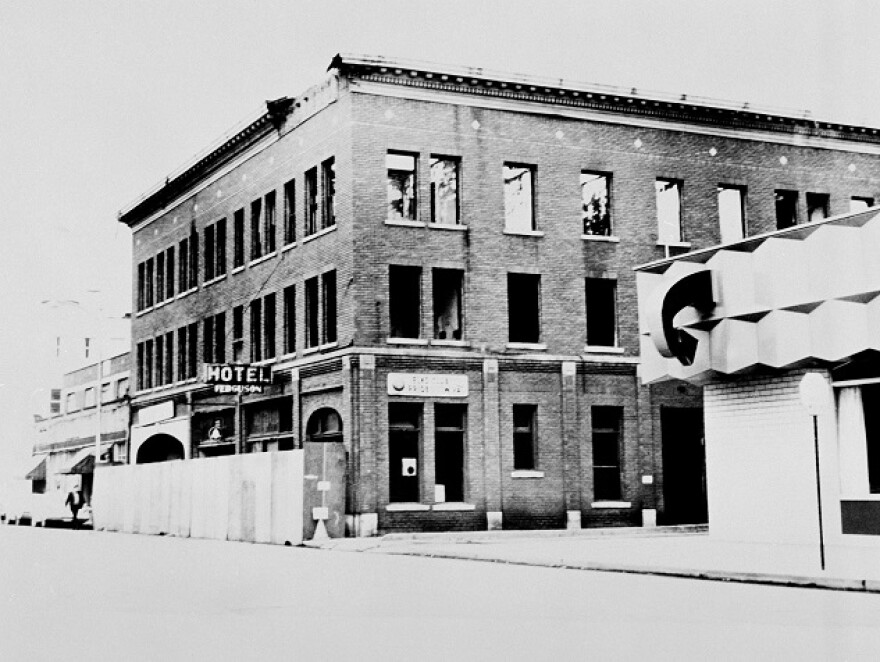In Charleston, those who grew up during segregation remember a tight knit community in the downtown neighborhood known as The Block. During the 30’s and 40’s Barbara Hicks Lacy grew up in this neighborhood, and she’s one of the remaining residents who vividly recalls The Block, which today has all but disappeared. The West Virginia Center for African-American Culture and Arts recently invited her to share her story at the West Virginia State Archives.
When she was a kid, Lacy’s best friend, named Baby Sue, was white, and so they weren’t allowed to attend the same school.
The Block was full of characters, and during segregation Lacy saw many well to do black tourists and musicians who came through her neighborhood. Lacy worked at her father’s restaurant The Block Cafe.
“Particularly when the rhythm and blues people were coming to town and there was going to be a dance.”
She explained that she got to meet a lot of these people because the restaurants in The Block was the only place where non-whites were allowed to eat. And they had to stay at the Ferguson or the Brown hotel.
Here, it was safe for children to roam around the neighborhood together.
She told one story about a bar, owned by Mr. Pin. She doesn’t think her mother ever found out that as a little kid she’d stop by Mr. Pin’s bar to perform a song or two. She had it in her mind that she was an undiscovered Shirley Temple.
“I’d go in, and he’d sit me on the bar, and I’d sing ‘Night Time is the Right Time’. Don’t laugh, it was for a quarter!”
That quarter was usually spent down the street, at the Ferguson Theater, where Lacy spent almost every afternoon after school watching movies.
“It didn’t cost but a dime. And popcorn was a dime. And you could get a drink for a nickel. So if you had a quarter, you were home free. That’s what we did, all the kids in the neighborhood. We went to the movie everyday.”
But these movies were basically the same films that were shown at the white theater. Separated by a few blocks, during segregation, downtown Charleston essentially was split into two sides, roughly along Washington Street. Charleston’s West Side was another neighborhood where black businesses thrived during segregation.
Although there were three white businesses within Lacy’s neighborhood, The Block was predominantly occupied by non-whites. Syrian, Greek, and Italian families lived here too. Garnet High School was the local black school, about a block away from Lacy’s father’s cafe.
As Lacy described the people she remembers, like Flat Tire the barber, Mable Cook the beautician, and Richard Sonders, the usher at the Ferguson Theater, they all seemed like vivid characters out of a great novel. Its pages were written on the side alleys and brick streets off Shrewsbury Street, where Barbara Hicks Lacy grew up. Though the buildings and people she remembers are mostly all gone, the story has not been erased.
Ms. Lacy’s talk was part of a series called African American Life in Charleston: A Personal Perspective. The series wraps up this Thursday as the fourth speaker, James Estes, recalls his own own memories. The event will be at 6:00 at the West Virginia State Archives and History Library.























